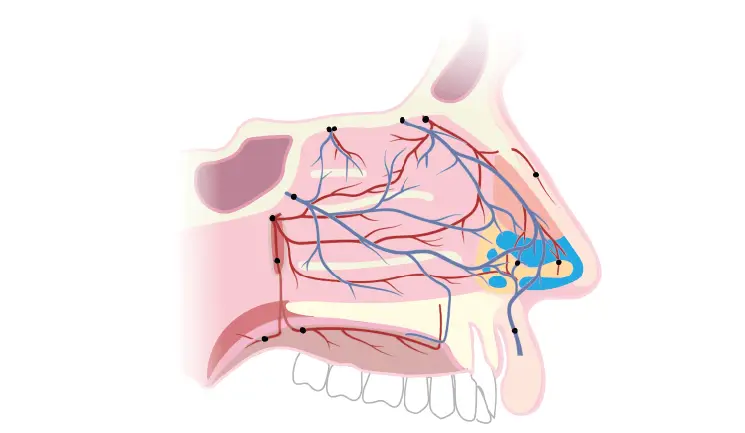Dr Bob Khanna treats a complex case of a patient presenting with a poor aesthetic and functional outcome following multiple rhinoplasty procedures
To access this post, you must purchase Aesthetics Journal Membership – Annual Elite Membership, Aesthetics Journal Membership – Annual Enhanced Membership or Aesthetics Journal Membership – Basic Membership.
log in
log in


